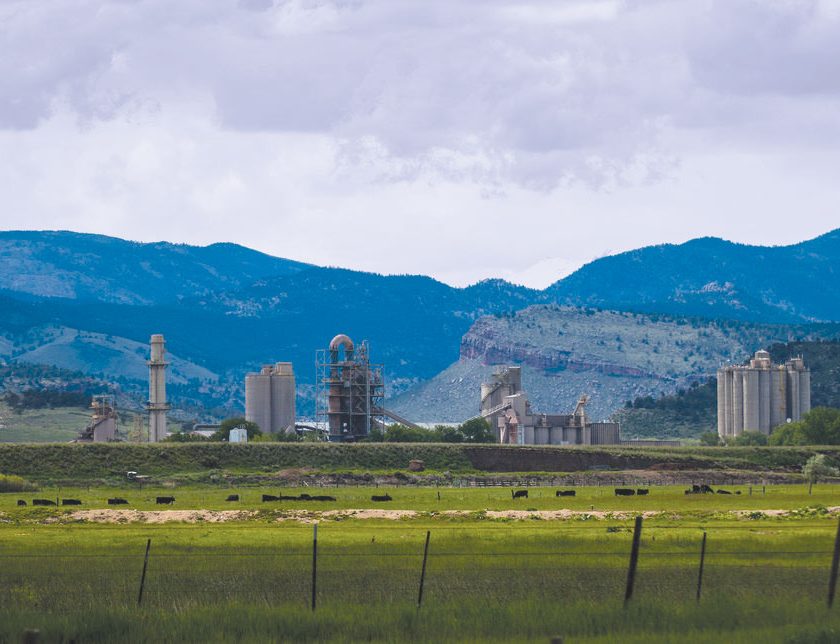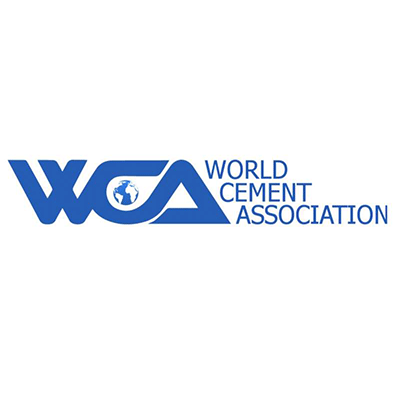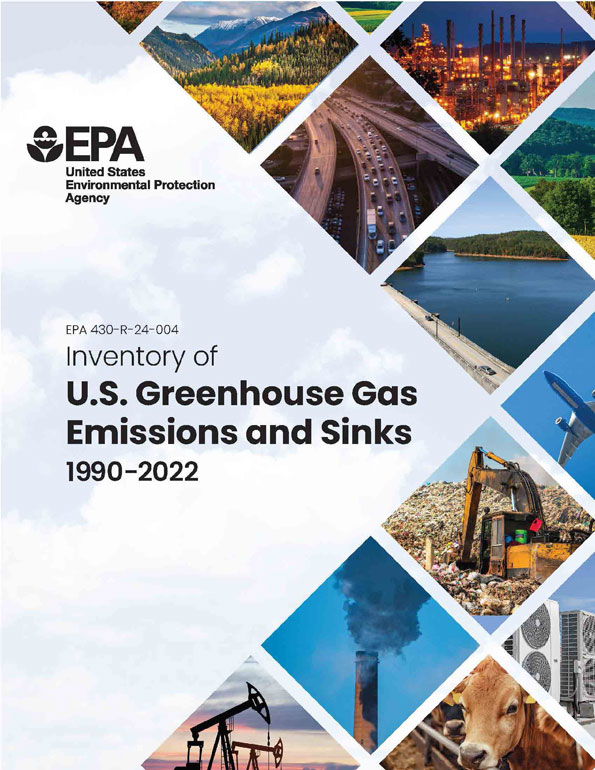After great results from the first phase of the Low Emissions Intensity Lime and Cement (LEILAC) project, HeidelbergCement is starting the further development and scale-up of the technology together with Australian technology company Calix and a European consortium.
The patented LEILAC process makes it possible to capture high-purity CO2 from cement production via a separate exhaust gas stream and to utilize it for other purposes. Two-thirds of the CO2 emissions of a cement plant are process-related emissions generated during the heating of limestone and are therefore unavoidable.
“The LEILAC 2 project is an important element of our sustainability strategy. It shows that it is possible to significantly reduce the ecological footprint of cement production,” said Dr. Dominik von Achten, chairman of the managing board of HeidelbergCement.
Central aspects of the LEILAC 2 project are the further scale-up of the technology to an industrial level, the full process integration into an existing cement plant, and the heat supply of the plant from renewable energies for climate-neutral CO2 separation.
Like its predecessor LEILAC 1, the LEILAC 2 project is based on Calix’s innovative calcination technology and is supported with €16 million from the EU research funding program Horizon 2020. As part of LEILAC 1, a CO2 separation pilot plant with a capacity of 25,000 tonnes per year was constructed at the HeidelbergCement plant in Lixhe, Belgium. In LEILAC 2, a plant around four times this size is to be operated in a HeidelbergCement plant in Western Europe, which has yet to be determined.
The project, including planning, construction, commissioning and extensive test runs, is scheduled to be completed by 2025.



